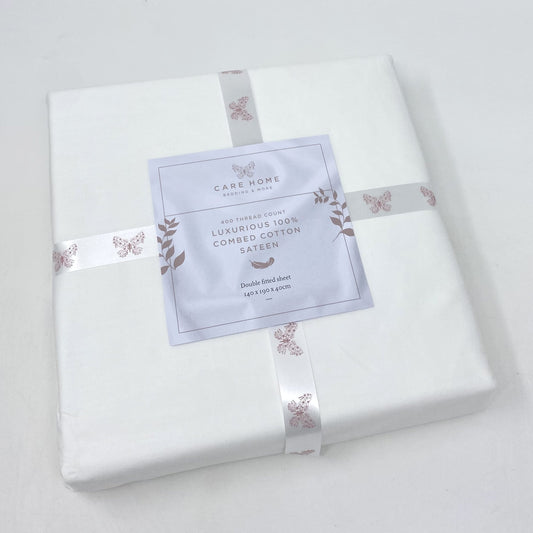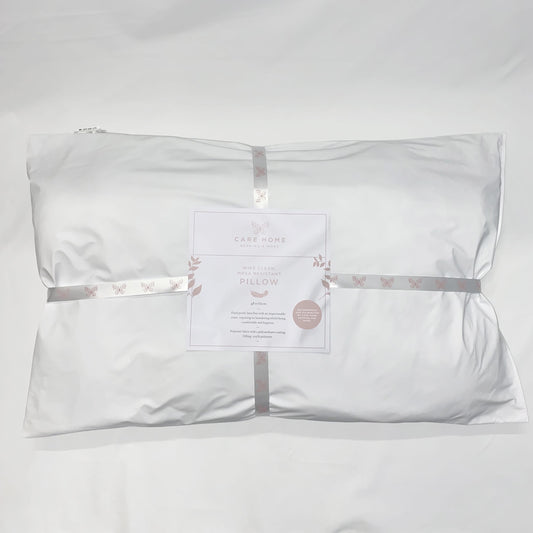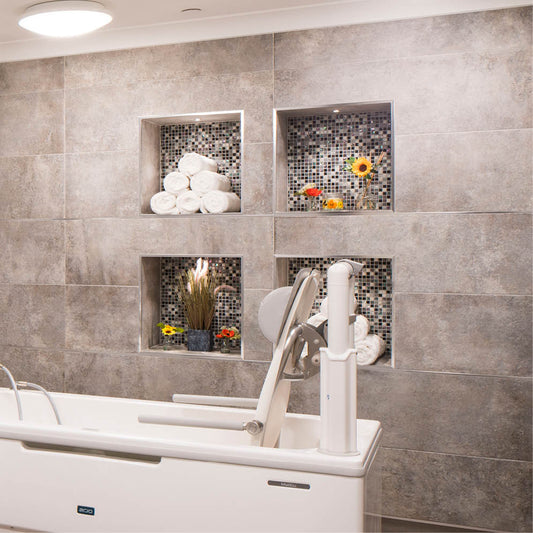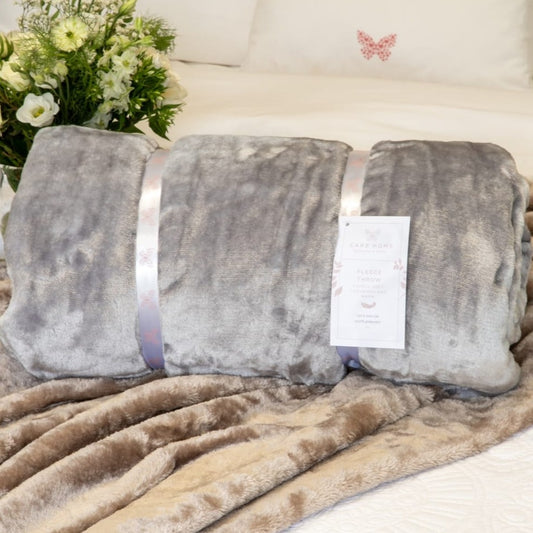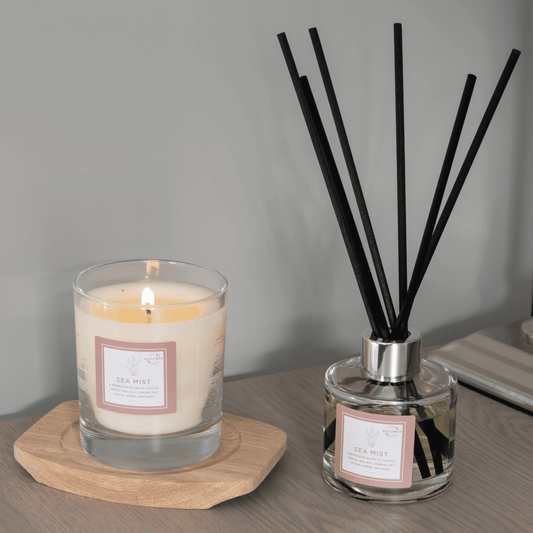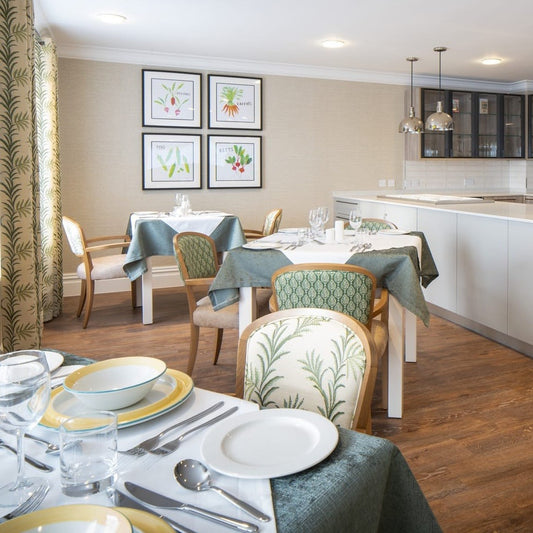Sleep disruptions are frequently seen in individuals living with dementia. While medications and lifestyle changes are often discussed as remedies, the power of a personalised sleeping environment should not be underestimated.
Personalising a sleep environment involves tailoring the space to meet the unique preferences and needs of the individual. This could be as simple as choosing bedding in their favourite colour, or using sheets made from a fabric they find comforting.
A familiar environment can promote feelings of safety and relaxation, which can, in turn, foster better sleep.
Memory cues, like family photos or cherished keepsakes, can also provide comfort and familiarity, potentially reducing disorientation and anxiety during the night.
Another aspect to consider is minimising clutter and creating a peaceful, simple environment. Too many changes or visually busy settings can be confusing and lead to agitation, so maintaining a serene and uncomplicated space can be beneficial.
Remember, improving sleep in those with dementia is a multifaceted challenge, but never underestimate the power of a well-considered, personalised sleep environment.


